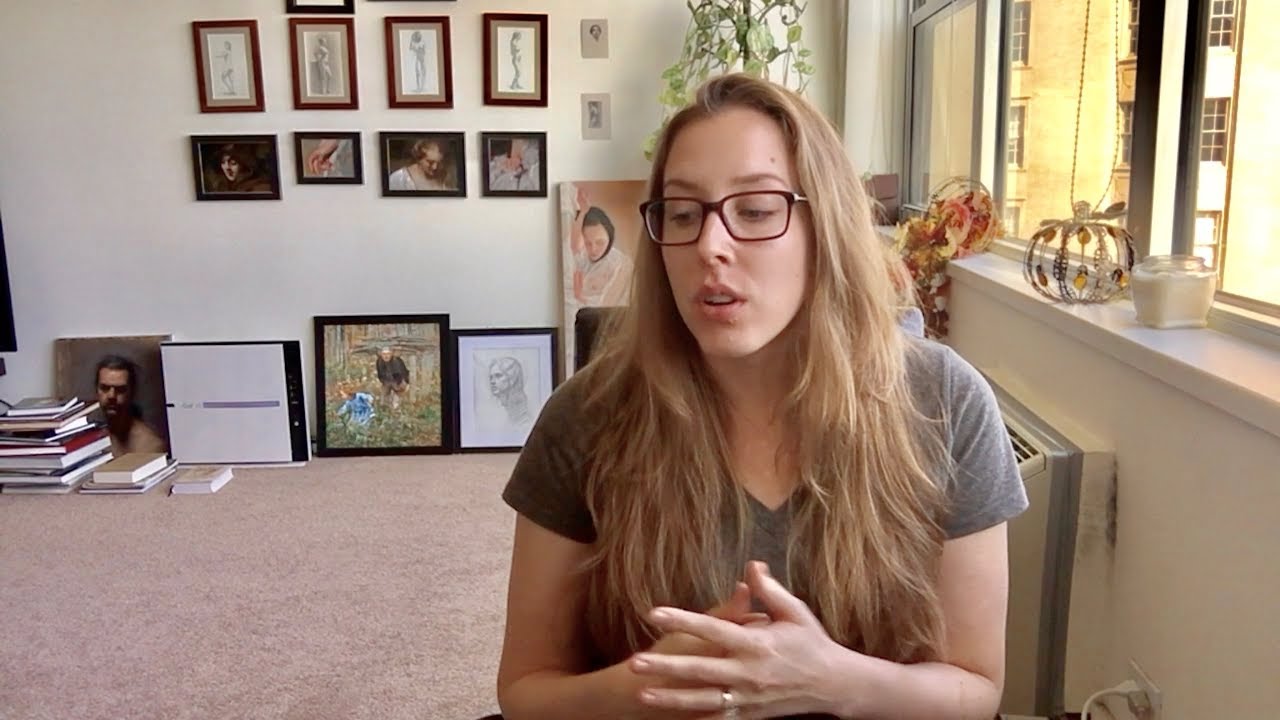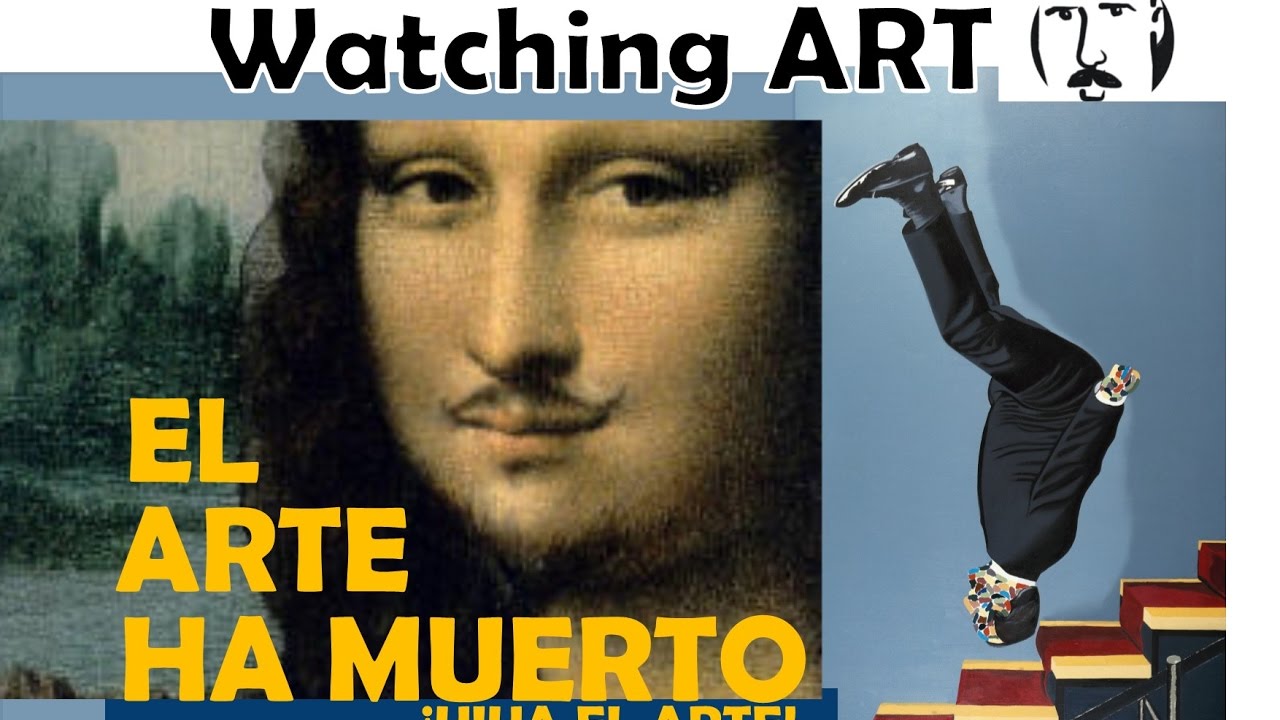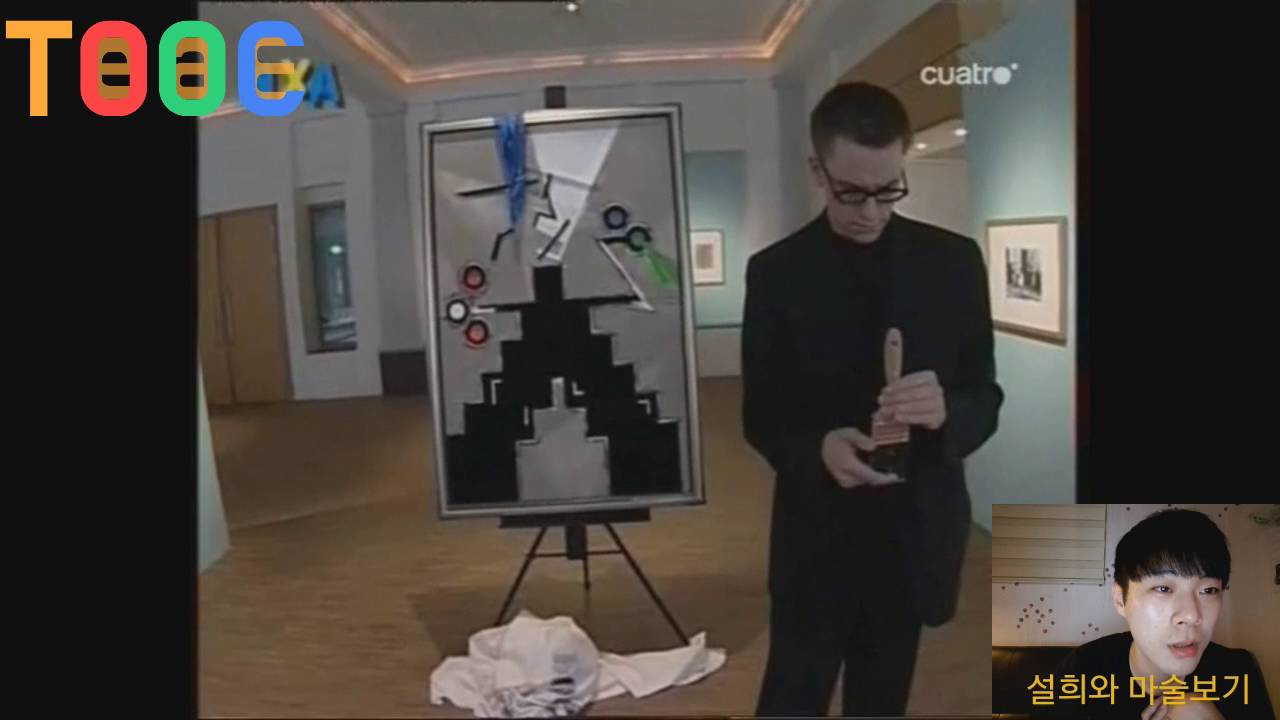If you would like to see more of my work follow me:
website and blog: https://www.jennifermariekeller.com
Instagram: https://instagram.com/jennifermariepainting/
Facebook: https://www.facebook.com/JenniferMarieKeller/
If you would like to own any of my pieces, check out my shop: https://www.jennifermariekeller.com/shop/
Jennifer Marie Keller
Source




I would generally agree with you. However as a graphic designer I find something pretty appealing about a lot of abstract expressionist paintings.
Thank you for your view. I appreciate this post. My goal is to paint like the old masters, but i also dive into the figurative abstract expressionism. It seems like two different worlds?
No, you are not using the term "Abstract Expressionism" correctly. It is not an umbrella term that extends to all abstraction. It is a specific movement that took place within is specific and relatively short period of time, which is generally viewed as part of the culmination and end of Modernism in art. It's a movement that ended six decades ago, meaning it stopped being contemporary art half a century ago. If you're talking strictly about terms to describe actual contemporary art — art that is being made currently, by living and working artists — then I think the more fitting umbrella terms you might use are simply "abstract", "non-representational", or "conceptual".
Of course, these are not fully interchangeable terms. To give a quick and dirty description of each term, "Abstract" is anything that veers away from strict empirical representation; "Non-representational" is work that completely does away with any object reference; "Conceptual" is work that values the ideas or the process more than the final art object. You can think of it as a sliding scale: if an artwork has recognizable imagery on it, but it's distorted, it's abstract; if an artwork has not recognizable imagery on it, it's non-representational; if an artwork has an air of inscrutability to it, or it has a long explanation or description of process involved in order to interface with or understand the work, it's likely conceptual. (Bear in mind, there's much more to it than that, but hey, quick and dirty.) You could similarly use the term "expressionistic", but that's dealing with emotion, and in general, emotions are not all that fashionable in the international contemporary scene. So, I'm not so sure how often you could actually break it out and use it right now.
Again, though, combining "abstract" and "expressionism" results in a very specific term that talks about very specific art made by very specific artists located in a fairly specific geographical region at a very specific point in time.
Hi Jenny, is the portrait of that guy( Brian?) for sale? 🙂
I pretty much agree with all of what's touched upon in this video. It's exactly why I can't really get into the more contemporary art versus the amazing art from the old masters I do 'get' basically instantly. I'm not anti-abstract art per say, but I must say I'm less impressed with it. I rarely come across a piece that's truly aesthetically pleasing. There are also quite a few pieces of modern art that simply 'don't make enough sense' to me to stand out from what a child could make. There's something in the craftsmanship behind pieces like the Mona Lisa or many a painting by people like Rembrandt that captures realism to such an incredible extent that I'm deeply impressed with it. That same emotion just never occurs when it comes to abstract patterns or indeed chaotic randomness on a canvas. Especially when a 'backstory' by the artist is required to 'get' the piece. I don't mean to sound condescending, but I think artwork should speak for itself without words or explanations by the artist.
was there shit like a bucket with dirt in it called art.
Agree with you 100%.
I agree, in that a name behind the art shouldn't be the reason it's called art or the reason it's considered valuable as art.
I think the last sentence of your vlog touches on one of the big aesthetic differences between representational art and some abstract art, in that while the Mona Lisa may be beautiful in of itself, the aesthetic choices of modern art are not necessarily (and often are not) in pursuit of beauty. I think that is a main difference between art of the past and art being made in the current period. Another thing you touched on is that modern art is probably more appreciated for who painted it, than for the virtuosity in its creation. I think this is actually true for old art as well. Indeed, I value DaVinci's Mona Lisa more than a hand copied version by a modern master. In fact I wouldn't care at all about a copy, no matter how slavishly it held to each individual stroke and technique. The Mona Lisa (and a great many paintings) are also very valuable to the public at large due in part to their historical fame and the fame of their creators. That is to say that I don't think a piece of art necessarily does have an objective value to the consumers of art that match its marketplace value. I do think however that beauty as a pre-eminent goal in art, definitely shifted and is not objectively the only or most valuable aesthetic for all artists creating in the last century through to today. Many of these artists are exploring other aesthetics as pre-eminent in their artwork, such as irony, ugliness, randomness and other things. I think these are reflections of a cultural worldview that has shifted in time and differs greatly from the worldview of historical artists.
This is what annoys me the most about the atelier movement is the last sentence she says, the complete and utter worship of technique and the final object, almost like an artist must be machine churning out "perfect" paintings every time. I'm sorry to say but most atelier art is pretty stale and boring, technique can only take you so far.
Where an abstractionist fails by not considering the formal elements of art (line, form, color, etc.) and composition, the realist will fail by overdoing the details and skill, and ignoring the formal elements and composition. Do you see the unifying theme? Point, line, shape, form, color, balance, rhythm, etc., are the things that an artist uses to create their visual art with. See how they can apply to any style? Look again at Mark Rothko's beautiful edges, and color harmonies, and see if that isn't impressive as far as what it is: abstract painting. Best wishes and cheers.
"Ceci n'est pas un eye mask" I felt as you did for a long time but hope you will not give up on the story of modernism and contemporary art. There are many problems with the contemporary art market (over-valued, etc) that are valid critiques, but the reason for these objects is very interesting and so tied to the 20th century social and political changes. It's the art historical narrative of artists turning art into concept or emotional experience or even social project and its affects are everywhere. (When Drake borrows the work of a contemporary artist in his music video you know modernism is influential and valuable haha). Luckily there is room for both AE and naturalist art. Love your videos. Very inspiring!
You might be interested in listening to Cesar Santos blog on painting realistically. He challenges that abstraction is actually part of great representational,art where forms light are abstracted concepts… while drips and spots of modern art are actually not abstractions BUT REALLY just drips and spots!
Wassily Kandinsky is the father of abstract art. If it wasnt for him we wouldnt be talking about Abstract art today. Jennifer I understand that you might not be attracted to this art genre. For example me, I am not drawn and attracted to Surrealism, but i love Abstract art as much as i love Realism…but having said that I love most painting Genres.
Love your channel and work. Greeting from a fellow painter from Greece!
Not all abstract art is Abstract Expressionism. Abstract Expressionism was a movement within the abstract art movement….. So you have Orphism, Fauvism, Cubism and many other Abstract art movements…..
Thanks for sharing. I agree. I think most of the stuff you see in art fairs these days is total garbage, but at the same time, I think a lot of realist painters value good technique over subject matter and emotion, and will ultimately make no contribution to culture/advancing humanity. I think the art fair art is partly a symptom of a commercial culture which values aesthetics and design qualities over emotion. My own belief is that the best art makes you feel something and stays with you. Most of the current art fair bullshit all blends together and is SO FORGETTABLE. Now, to be clear, some abstract/conceptual/non-representational stuff actually aims at eliciting emotions and is very good at doing so – Rothko comes to mind. But who cares if you've come up with a new technique or a new design if it doesnt make anyone feel anything?! most artists these days arent truley trying to say anything, they are just making decorations for rich people with psuedo-intellectual purposes that make a very very small number of people feel important. Its thinly veiled bullshit. To finish, here are some currrent painters who are actually saying something and make images that last – Odd Nerdrum, Jenny Saville, Alex Kanevsky, Anselm Kiefer, Eric Fishyl
You must study the history of art. You must study the history of art. Do you think that the value of a thing is proportional to the degree of difficulty in realizing it? Van Gogh has never been a great "technician" of painting, as one might say of Da Vinci. And yet ….
One of the first criteria that makes the value of a thing, of any thing, is rarity.
How many paintings today completely forgotten came out of the French "academic" system of the 19th century? And yet, they all asked their authors for knowledge, work and technical mastery.
And in Western art, what makes the rarity of a work? The personality of its author and, ultimately, his name.
Do you know what a relic is? It's a poor little worthless thing, sometimes a piece of wood, sometimes a piece of cloth, sometimes even some hair. But when you believe that this poor little worthless object belonged to a Saint, you put it in a gold chest. Art works in the same way.
If the value of the objects of art depended only on the degree of difficulty that it is to realize the thing in question, then it would not be more art. This question, Baumgarten called it Aesthetica.
Abstract art is the anti-art movement.
Why would I paint something I clearly see with my eye that I can simply take a photograph of ?
Thats why representational art is boring .